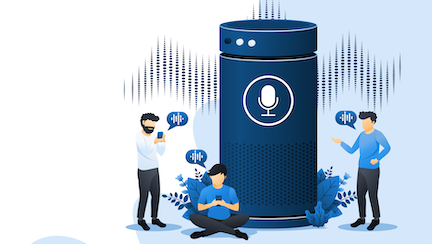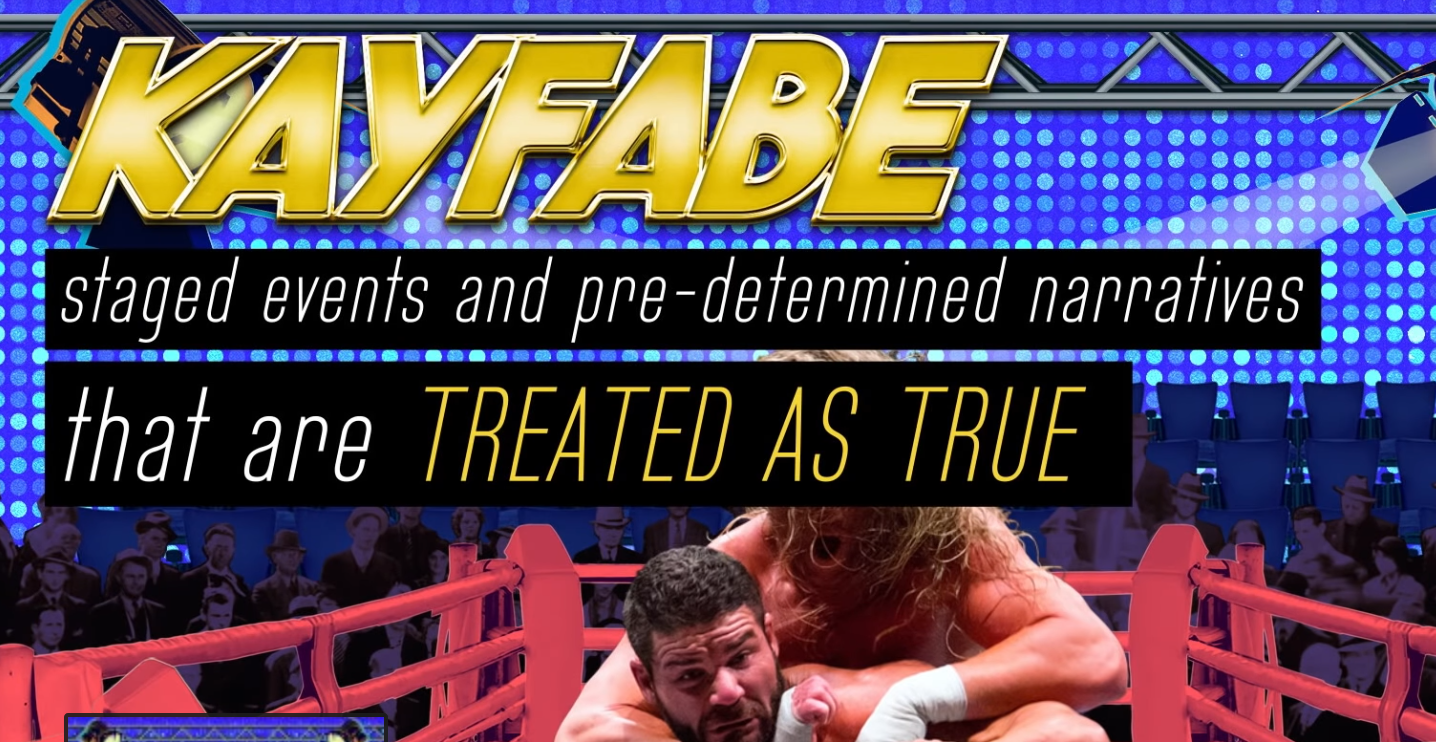
The 3 Cs of content strategy.
You want to create content that your users like. But you are not a content strategist nor do you know or understand all the details and tools of content strategy?. Here’s a quick-start guide:
Follow the three Cs: Content + Context + Contact.
One: Content.
People will seek out and engage with people and organizations who can offer content (e.g. information) that interests them. In order for you to engage with your prospective customers, readers, or users, you must create content that people can’t resist.
To create irresistible content, you must develop a sense of what content topics excite and please your readers.
How to create magnetic content.
Creating magnetic content is all about getting to know your audience to the point where you can empathize with their concerns as well as know and articulate what satisfies them in your content.
That’s a lot easier to do if you are developing content around a topic that you are constantly, deeply and passionately immersed in.
For instance, say you like Star Trek. I’m talking about a level of like where you’ve seen all the episodes and know them by their official episode number. A passion where it’s also not unusual to find you constantly talking to other Star Trek fans or even going to Star Trek conventions to share thoughts about the show with even more people.
If that’s you, it’s a good bet that you know Treker details that more inexperienced fans do not (like why my use of “Treker” just made thousands of Star Trek fans cry). It’s also a good bet that you know how others feel about all the issues around Star Trek. Is Captain Kirk better than Captain Picard?
Why do most of the villains (from other planets) quote English writers?
Klingon General Chang: “Tickle us, do we not laugh? Prick us, do we not bleed? Wrong us, shall we not revenge?” – The Merchant of Venice Act 3 Scene 1 Page 1.
Does Earth have the market cornered on witty lines?
Anyway. When you understand the informational needs and passions of an audience, build and deliver content that resonates with them. And because you are immersed, your audience will likely sense from the quality of your content that you have credibility and insight and will be more likely to trust and engage your content.
Two: Context.
Make your content relevant to users by understanding the context in which they are seeking information or will be mentally open to taking in new information.
For example, if I just bought a car, content about how to buy a new car likely won’t resonate with me. While I’m actively excited about the topic of a new car, my focus might be in the context of having bought one or wanting information on how to take care of a new car. So any content around the topic of cars is not enough. Only content that is contextual to my needs or state of mind will engage.
Marketers know this. When creating content for potential customers, they tend to segment their audience into groups based on what content context will best engage with them. The names around the content context are called stages and they exist in a bigger system called a content or sales funnel.
Content or Contextual Funnels
The funnel maps the reader or customer content journey between the time they first become aware of a topic or product to having enough information to decide to take an action around it.
The stages of that funnel lay out how a reader or potential customer content needs change as they progress through the funnel.
Awareness
Content that makes a person aware of a particular issue, topic, solution or product.
Research
Information that helps a user understand more about that product or issue.
Consideration
Specific information that helps the reader address any concerns or barriers they might have to take a future action around that issue or product.
Action
Information on how to take the desired action.
How does this system help you create content context?
For example, if you know your reader is in the process of considering a product for purchase, you would develop content for them in the context of where they are the funnel or journey. In this case, give them the pros and cons of one version of the product over a competitor’s. Now you have given users a greater context in which to understand or feel that they can confidently go forward with a decision.
Three: Contact.
Your content won’t make its point if it never reaches your audience.
Find ways of distributing or presenting content where your audience is likely to encounter it.
In short, be where they’re going to read it.
In the world of content marketing, that might mean helping users find content through improving your SEO (being found in search engines like Google or Bing). If your audience is more video oriented, building and posting your content on YouTube or a podcast could prove effective. Or ask to guest blog on sites that cover topics you feel that you could offer additional insight and values.
If you use the three Cs: Content, Context, Contact, you’ll find yourself developing content that attracts and pleases your audience.































